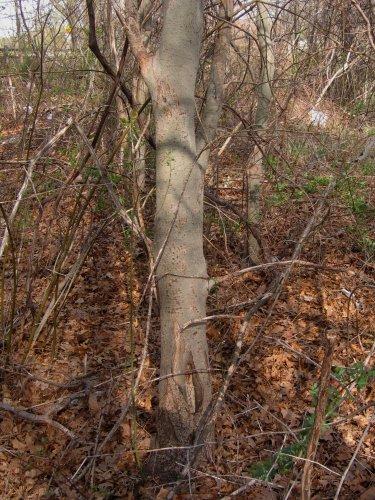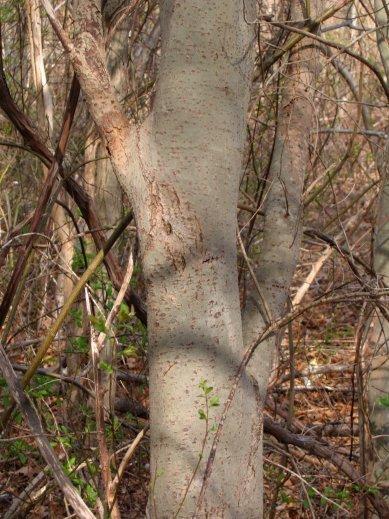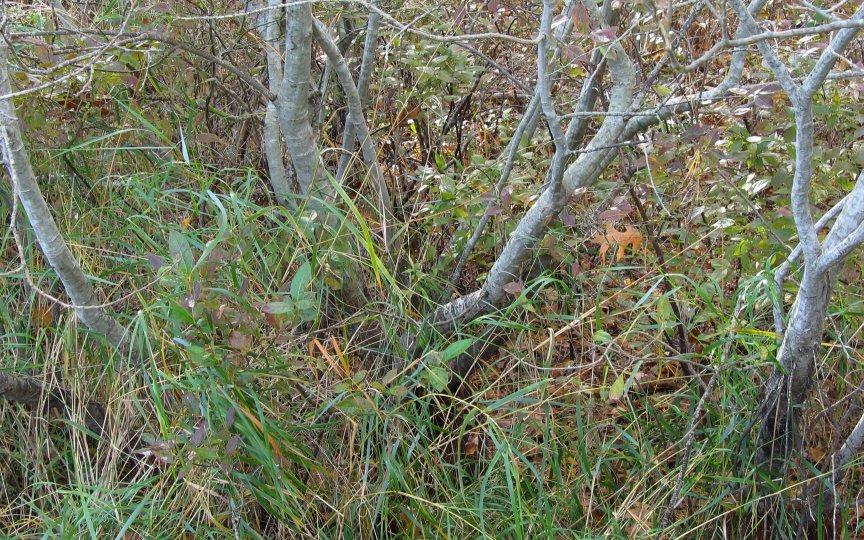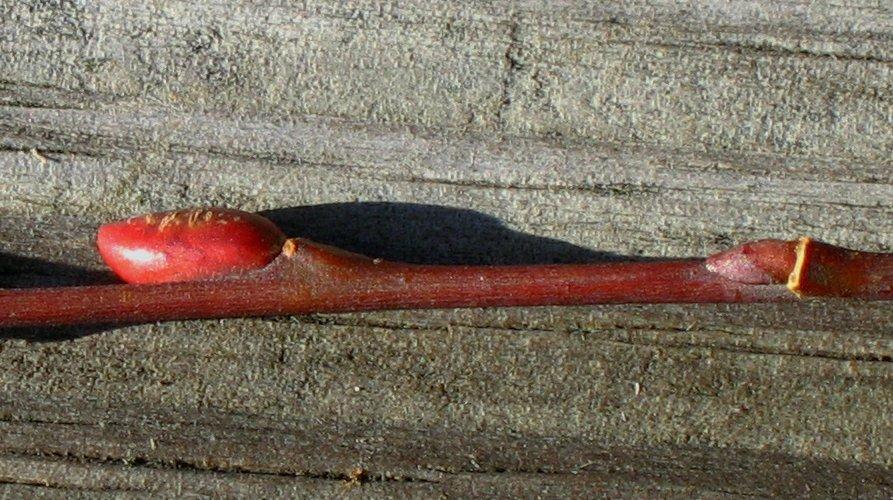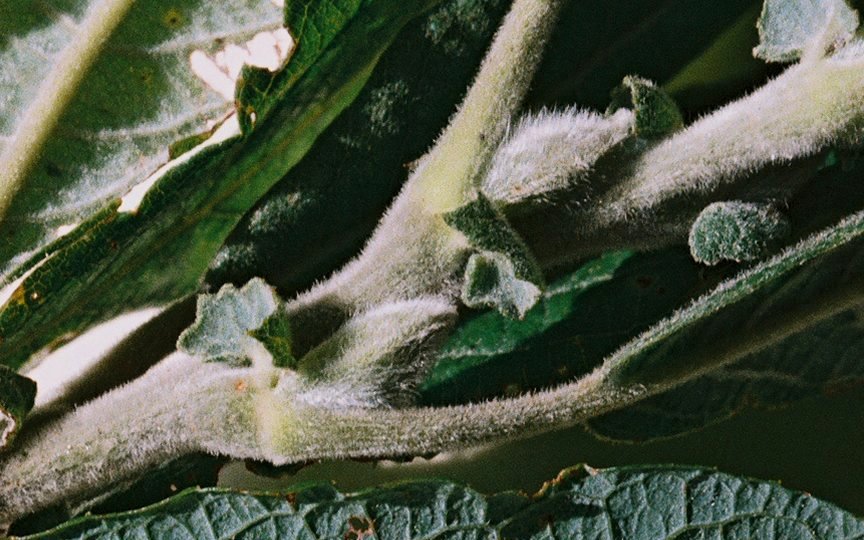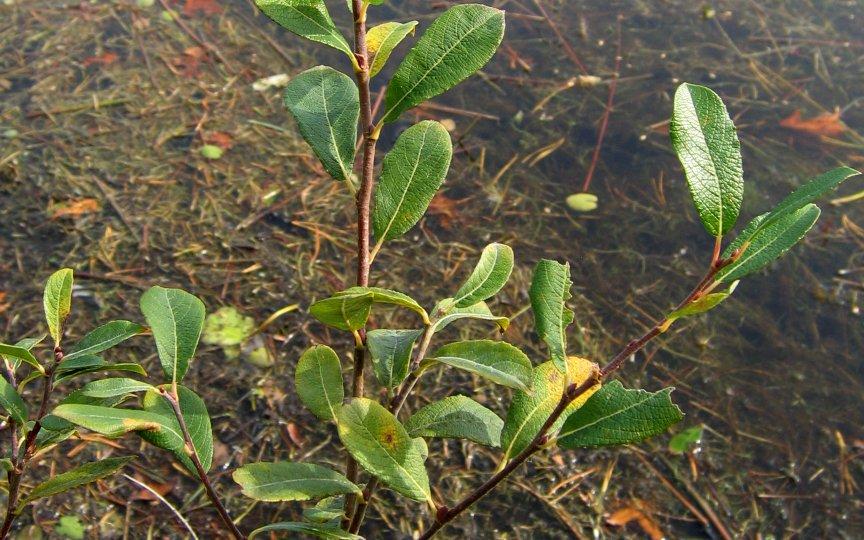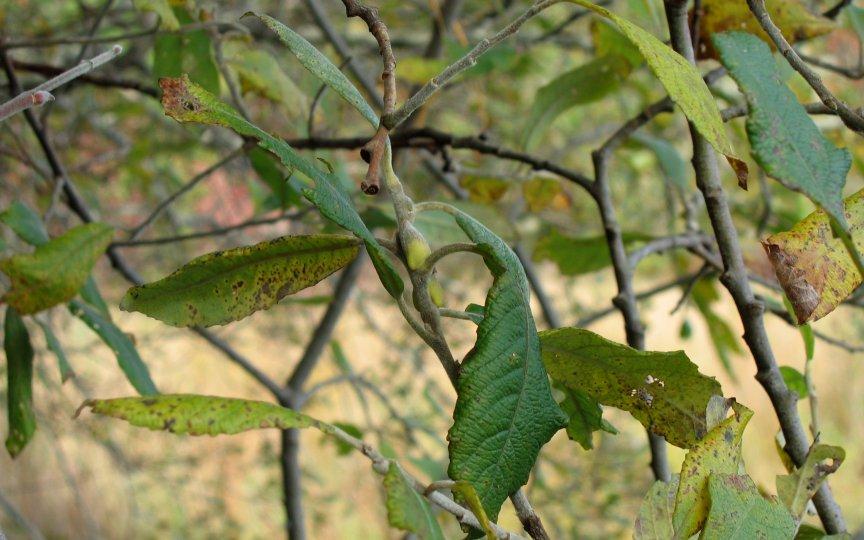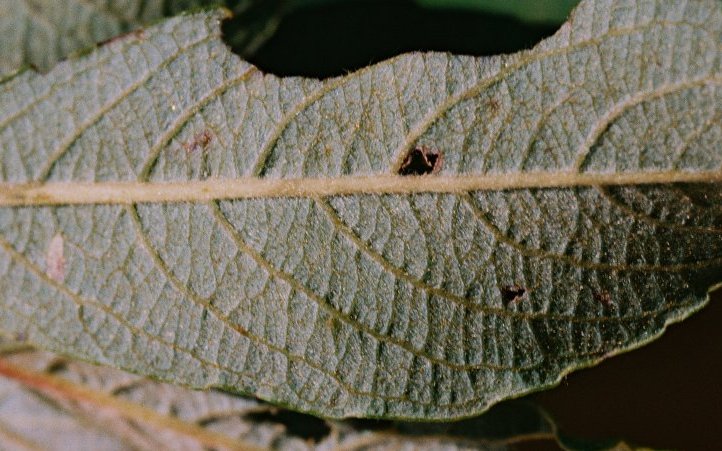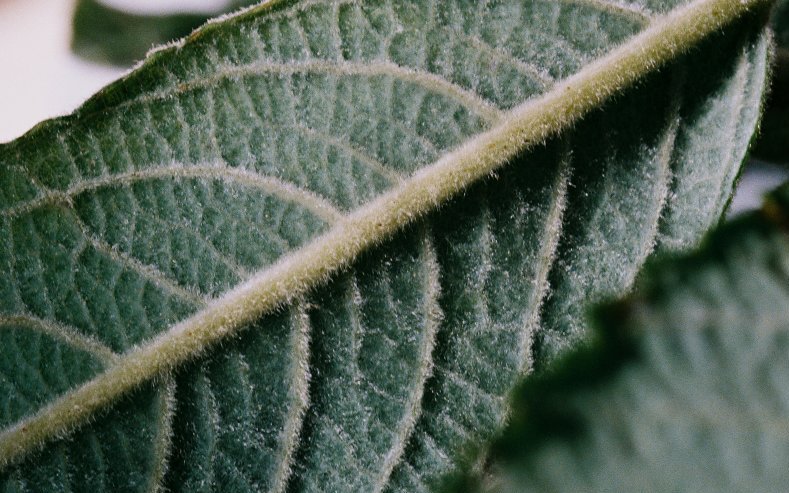Willows of New England
Comparison of introduced species
Salix atrocinerea and S. cinerea
The two willows are very closely related and sometimes treated as two subspecies
of a single species.
Salix cinerea is native in most of Europe and West Siberia,
while Salix atrocinerea (=S. cinerea ssp. oleifolia)
has Mediterranean and South-European Atlantic distribution type.
We are inclined to treat them as distinct species following A. Skvortsov
and many other authors.
Both willows have been naturalized in Massachusetts, though gray willow,
S. cinerea seems to be less common.
Though it might be difficult to identify dry samples, in nature these willows
look quite different from each other. The situation with them reminds us the problem of
distinguishing between Eurasian Salix viminalis and S. burjatica
(=S. dasysclados):
There are many distinguishing
characters, but all of them vary in such a way that their extreme values overlap. However,
... both species are distinct, and
it is always possible to distinguish between them when there is enough of perfect,
complete samples (Skvortsov 1968: 59, 1999: 64).
The only way to deal with this situation is to use a combination of characters in
the identification key and species diagnoses (Skvortsov 1968: 58, 1999: 63).
There exists a possibility that the European willows have produced hybrids with native
species and/or with each other, but there is no direct evidence of that as of today.
Salix atrocinerea
Salix cinerea
Sometimes may grow as a shrub.
Never grows as a tree.
